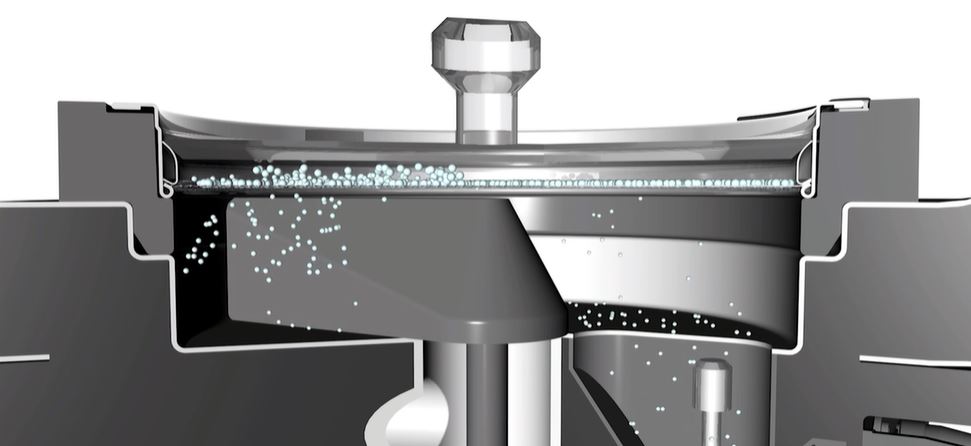The Principals of Dust Extraction During an Air Jet Sieve Analysis
Air Jet Sieve Analysis is one of the most reliable forms of particle analysis when testing the quality of particles known to agglomerate. This opens a new world of what particles can be tested, as most traditional methods of particle analysis are designed for dry, free-flowing material.
Now, certain industries call for the analysis of materials that can not be disposed of unless done in a controlled manner. In these situations, you must implement a means of collecting the fine particles that pass through your sieves.
This is where proper dust extraction comes into play.
At W.S. Tyler, we have come to understand that not every air jet sieve analysis is the same and is prepared to master your process so we can help you develop a lab setting that is right for you.
To that end, this article was written to provide insight into:
- The Vacuums used to extract dust
- How you can extract fine dust safety
What Vacuum Do I Use With the ALPINE Air Jet Sieve e200 LS?
In order to create the jet of air that projects the particles on the sieves towards the plexiglass lids of the device and break down agglomeration, the ALPIN Air Jet Sieve utilizes an industrial-grade vacuum. This vacuum is included in the purchase of every new device.
From 2000 to 2018, the vacuum you received with your ALPINE unit was the Nilfisk Attix. From 2019 on, you received the Karcher NT30.
These models are reasonably different.
The biggest thing is, when the Nilfisk Attix was being circulated, the HEPA variant was a completely different vacuum. With the Karcher, whether you need a HEPA vacuum or not, it’s the same vacuum, and you only need a different filter.
What Is a Recovery System?
A recovery system is an intermediary that goes between the vacuum cleaner and your ALPINE device. Let’s say, for example, you are running pharmaceuticals, and you have to collect the undersized particles that fall through the sieve.
You would need a recovery system in between the vacuum and the ALPINE in order to prevent substances that must be disposed of in a controlled environment from reaching the vacuum bag.
Now, when it comes to actual hardware, there are two recovery system options for the ALPINE e200 LS: the ALPINE high-efficiency cyclone and the pre-separator D360.
ALPINE High-Efficiency Cyclone
The ALPINE high-efficiency cyclone, or simply cyclone, essentially creates a vortex in which all the material falls into a collection jar. This vortex works to keep all the materials in the collection jar while allowing the air to flow into the vacuum cleaner.
Once testing is complete, you can simply unscrew the collection jar and dispose of the particles as instructed.
Pre-Separator D360
The pre-separator D360 performs the same functions as the cyclone but on a much larger scale. To be more specific, it has the capacity to 13 liters of dust compared to the cyclone’s 1-liter capacity.
That said, this particular recovery system is only recommended for those that implement the ALPINE air jet sieve in a continuous process.
Achieve Optimal Results by Properly Furnishing Your Lab
There are many instances in which lab managers seek to preserve the fine materials that pass through their sieves during an air jet sieve analysis. This involves incorporating reliable recovery systems, such as the ALPINE high-efficiency cyclone and the pre-separator D360, that can handle the capacity of your operation.
But pinpoint a recovery system that is right for your needs is just the tip of the iceberg when designing and furnishing your lab with the appropriate equipment. You must also pick other elements such as test sieves, sieve adapters, a balance, and more.
Over the years, we have taken great strides to learn the ins and outs of the most innovative technology used to facilitate accurate and repeatable results. Helping you create a tailored experience is our primary objective, so we strive to share the wealth of knowledge within our four walls with you.
For more information regarding the ideal air jet sieve analysis setup, refer to the following article:
About Ronnie Brown
Ronnie is the Content Writer for W.S. Tyler and has four years of experience as a professional writer. He strives to expand his knowledge on all things particle analysis and woven wire mesh to leverage his exceptional writing and graphic design skills, creating a one-of-a-kind experience for customers.




